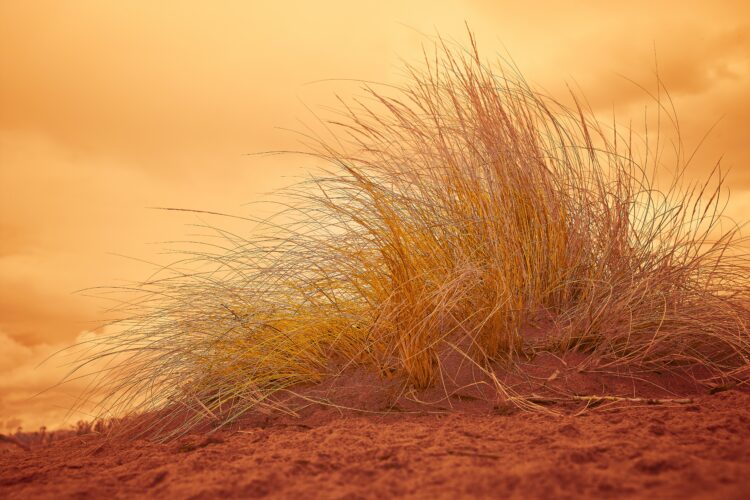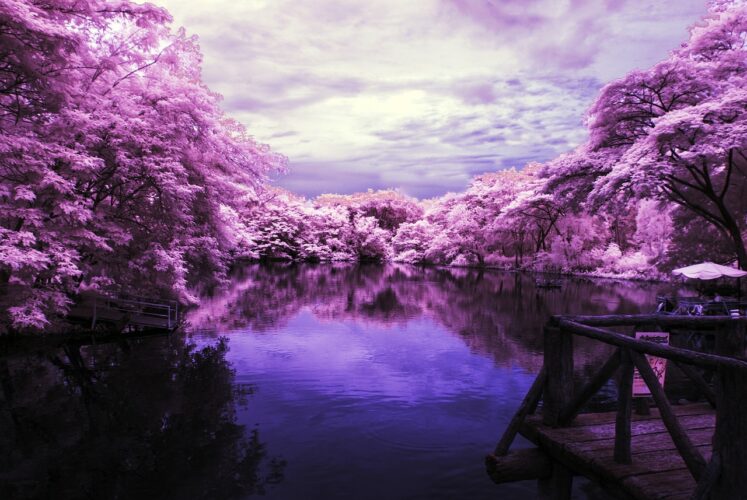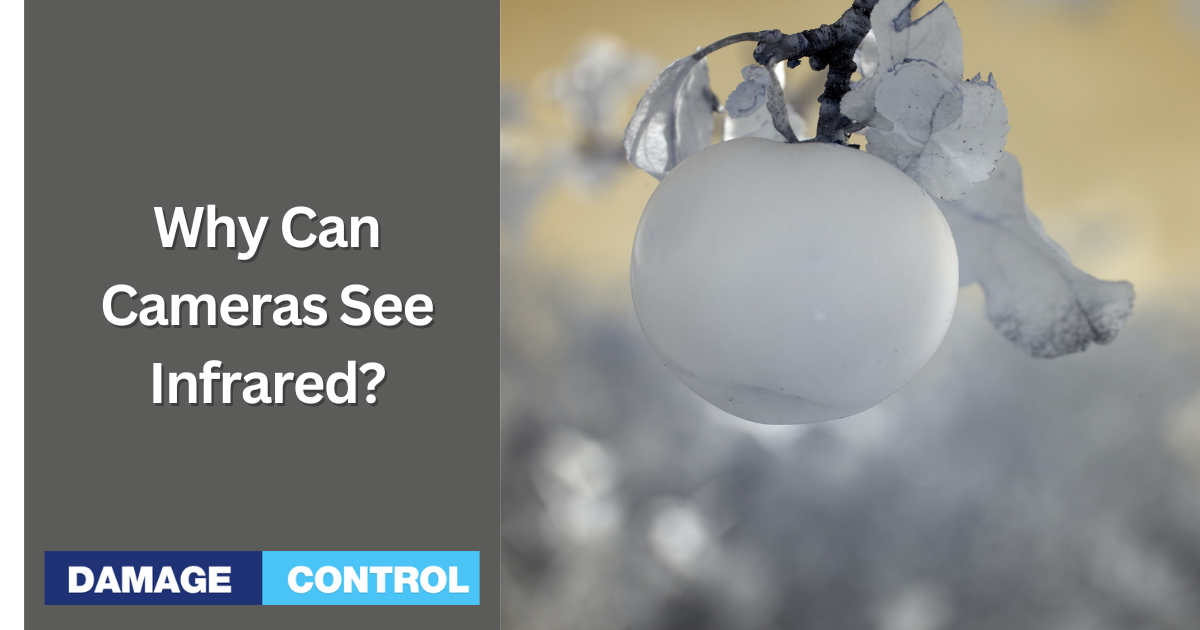What is Infrared Light Anyway?
Infrared light! It's everywhere. But guess what? Our eyes can't see it. Yet, cameras can. Why? Let's dive in.
Infrared light, or IR for short, is a type of light wave. Found just beyond the red part of the visible spectrum, it's invisible to our eyes. But not to technology.
Especially cameras.
How Do Cameras Spot What We Don't?

Magic? Nope. Science. Cameras, especially digital ones, use sensors. These sensors? More sensitive than our eyes. They pick up more than what we see. Including infrared light.
- Human Eyes: Limited. Can't see IR.
- Camera Sensors: Power-packed. Can see more colors. Including IR.
Now, when sunlight hits objects, it reflects different types of light. IR is part of the deal. Cameras, with their nifty sensors, capture it. That's why sometimes, in dark conditions, photos have a weird glow. That's IR in action.
Why Don't All Photos Glow with Infrared?
Good question! Many modern cameras have a solution. An IR cut-off filter. What does it do?
- Blocks IR: So your daytime photos look normal.
- Allows Visible Light: For those crisp and clear shots.
But not all cameras have these filters. Some intentionally don't. They're for special purposes. Like night vision. Ever seen ghost hunters on TV? Their cameras? Yep, no IR filter. Thus, they capture the unseen.
What Can We Do with Infrared in Photography?

Think outside the box! It's not just for ghost hunting.
- Nature Photography: Trees and plants? They reflect IR differently. Gives photos a dreamy look.
- Portrait Photography: Skin tones glow uniquely. It's ethereal.
- Art Projects: Why not? Explore and get creative.
Infrared photography offers a whole new world. Different. Unique. Full of surprises.
So, Why Do Cameras Capture Infrared Again?
In a nutshell:
- They have powerful sensors.
- These sensors see more than our eyes.
IR exists everywhere, reflected by many things. Cameras without an IR filter catch it.
Conclusion
Infrared light. Invisible to us, but not to cameras. Whether it's for artsy photos, professional shoots, or spotting ghosts, IR plays a big role. Next time you snap a pic, remember: there's more than meets the eye!

